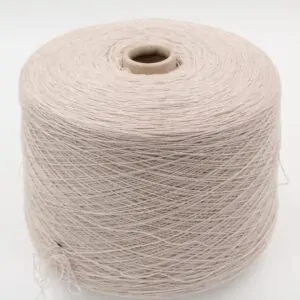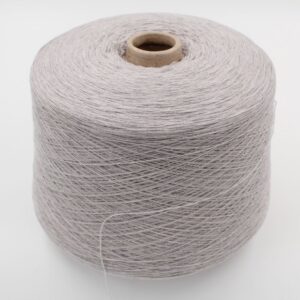Differences Between Cashmere, Alpaca, and Wool: Which Yarn Is Right for You?

Differences Between Cashmere, Alpaca, and Wool: Which Yarn Is Right for You?
When it comes to knitting, crocheting, or selecting yarns for textile projects, cashmere, alpaca, and wool are among the most beloved and appreciated fibers. Each has unique characteristics that affect the comfort, appearance, and durability of the final product. In this article, we’ll explore the key differences between these fibers to help you choose the one that best fits your needs.
Cashmere: The King of Yarns
Origin: Cashmere comes from the undercoat of cashmere goats, primarily raised in Mongolia, Iran, and China. This rare and luxurious fiber is collected by combing the undercoat rather than shearing.
Key Features:
- Extreme softness: Cashmere is renowned for its silky, luxurious texture.
- Lightweight warmth: It provides up to three times more insulation than regular wool.
- Versatility: Perfect for elegant garments like scarves, sweaters, and hats.
- Care: Requires gentle handwashing or machine washing with a delicate cycle.
Best for: Projects requiring comfort and luxury, such as shawls, refined accessories, and fine knitwear.
Alpaca: Warmth and Durability
Origin: Alpaca fiber comes from the alpaca, a camelid native to the Andes (especially Peru and Bolivia). There are two main types: Huacaya (softer) and Suri (shinier).
Key Features:
- Thermal regulation: Alpaca is exceptionally warm yet breathable, making it ideal for variable climates.
- Durability: It resists pilling better than both cashmere and wool.
- Hypoallergenic: Contains minimal lanolin, making it suitable for sensitive skin.
- Texture: Less elastic than cashmere but naturally lustrous.
Best for: Blankets, winter sweaters, coats, and projects requiring warmth and longevity.
Wool: A Versatile Classic
Origin: Wool is obtained from shearing sheep. Various types include merino wool (softer) and Shetland wool (rougher).
Key Features:
- Elasticity: Highly elastic and easy to work with, making it ideal for beginners.
- Insulation: Retains heat well but is heavier compared to cashmere and alpaca.
- Durability: Wool is naturally resistant to water and stains but can be prone to felting.
- Care: Some types require delicate washing, though machine-washable options are available.
Best for: Sweaters, socks, blankets, and everyday accessories.
Comparison of the Fibers
| Feature | Cashmere | Alpaca | Wool |
|---|---|---|---|
| Softness | Maximum | High | Variable (merino is very soft) |
| Warmth | Very warm | Extremely warm | Warm |
| Elasticity | Moderate | Low | High |
| Durability | Medium | High | High |
| Price | High | Medium-High | Variable |
How to Choose the Right Yarn
- Luxurious Projects: If you’re working on elegant, lightweight garments, cashmere is the best choice.
- Winter Warmth: For accessories and clothing that must keep you cozy even in the coldest conditions, opt for alpaca.
- Everyday Use: Wool is perfect for practical, durable projects and is especially beginner-friendly.
Each fiber has a unique personality that suits specific types of projects and personal preferences. Whether you choose cashmere for its luxury, alpaca for its warmth, or wool for its versatility, your project will undoubtedly benefit from the intrinsic quality of these premium fibers. Experiment and discover which one works best for you!







